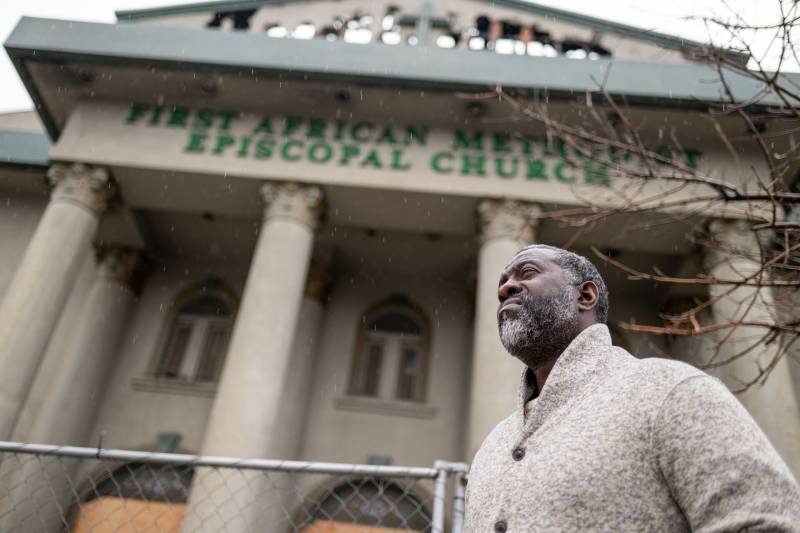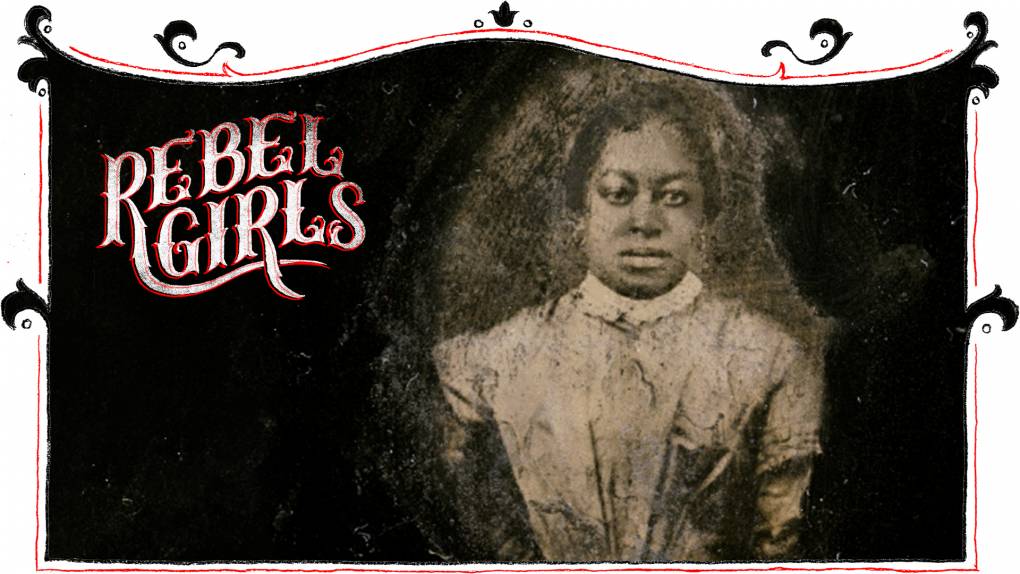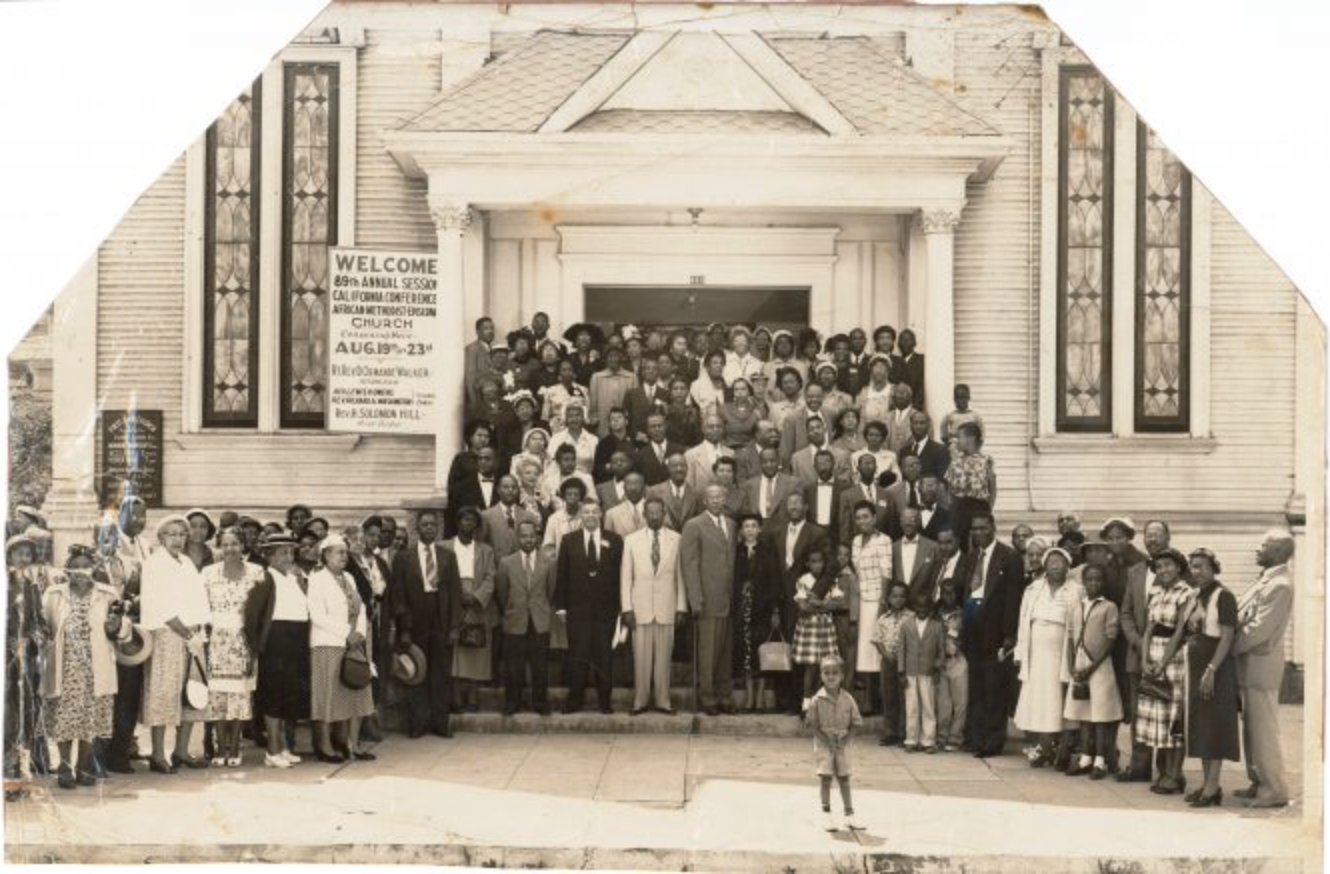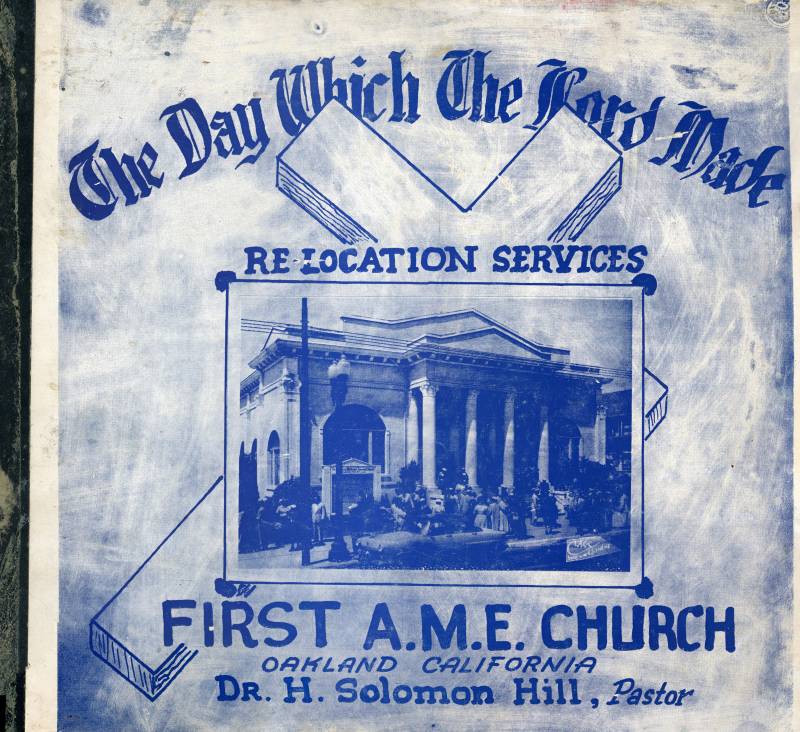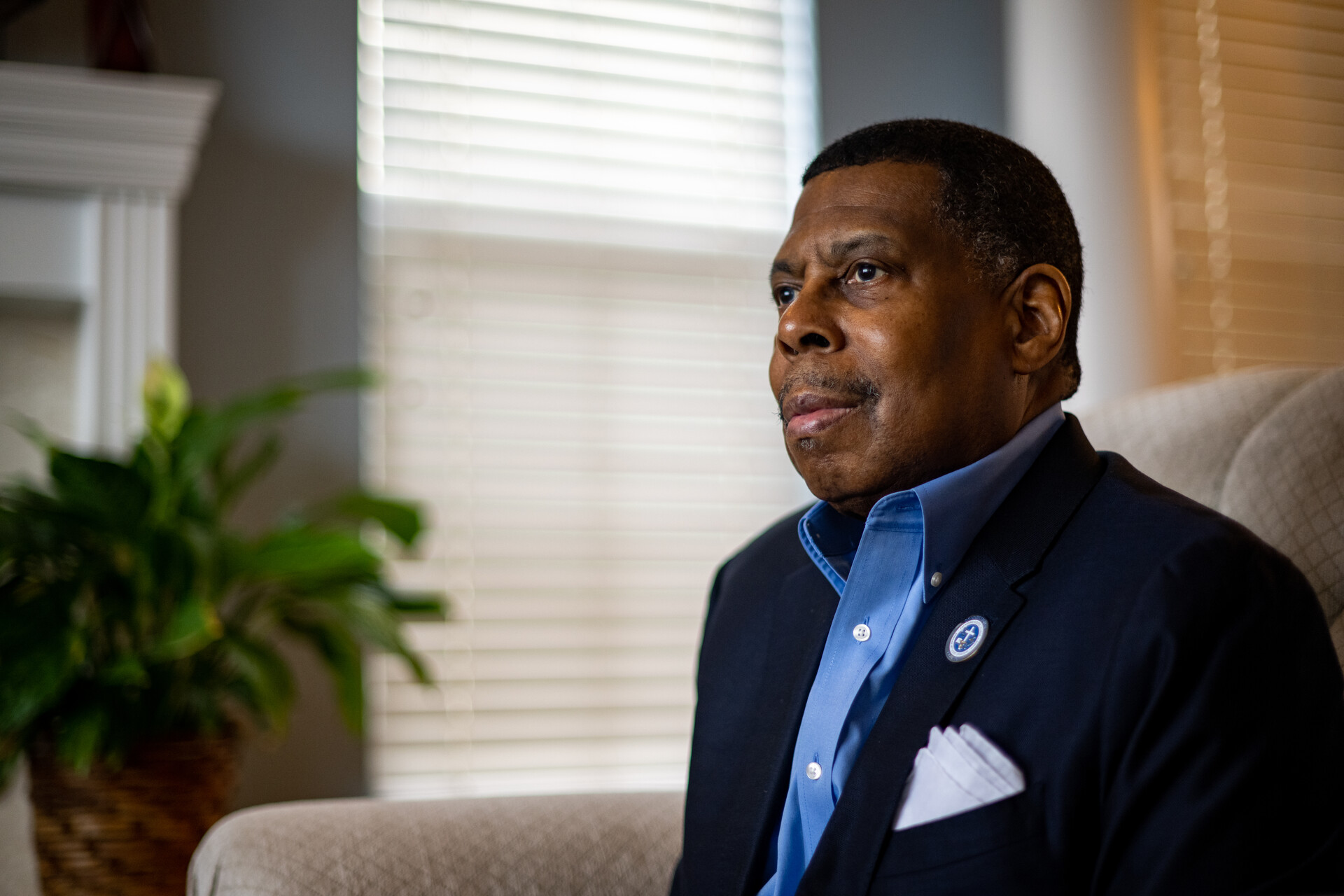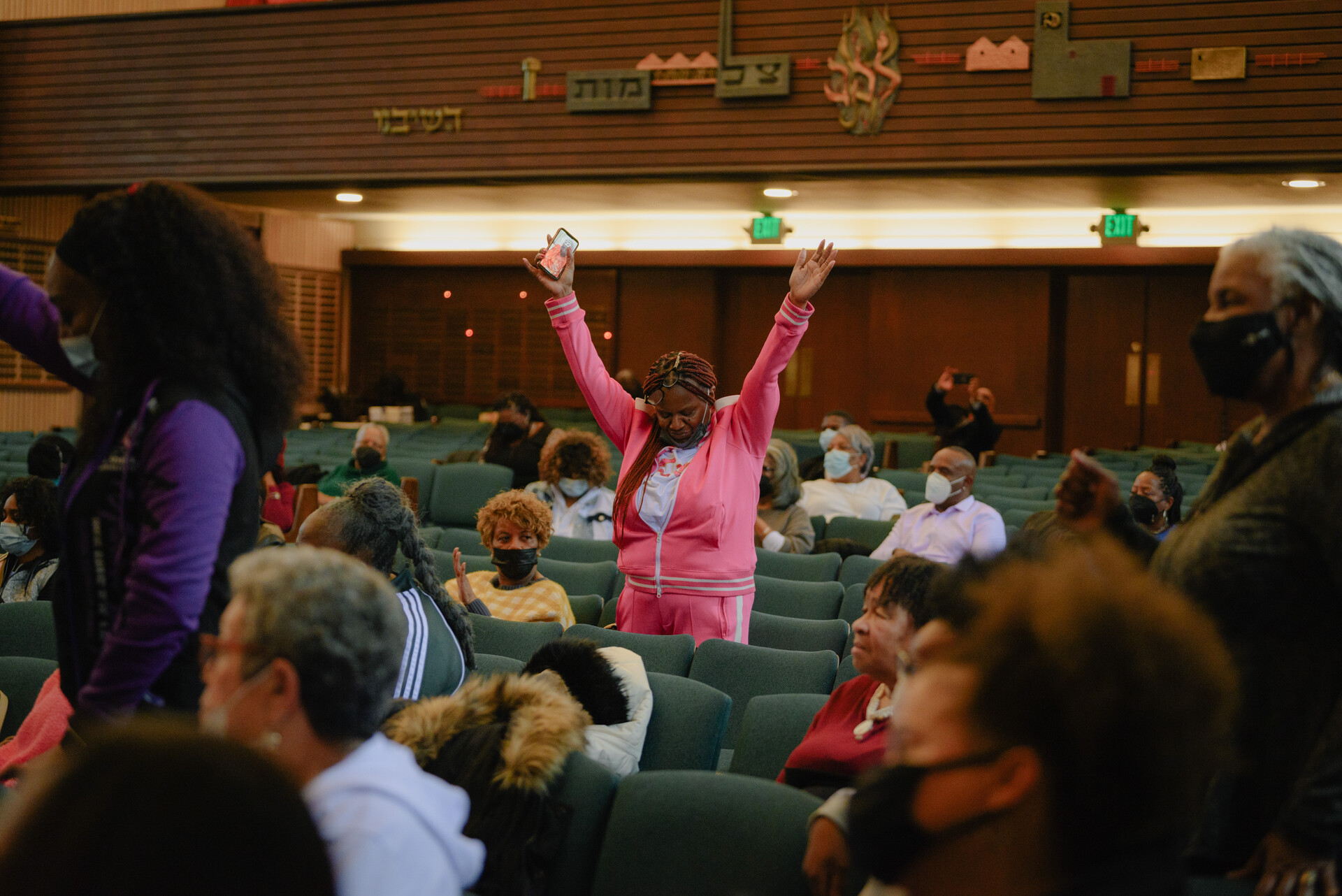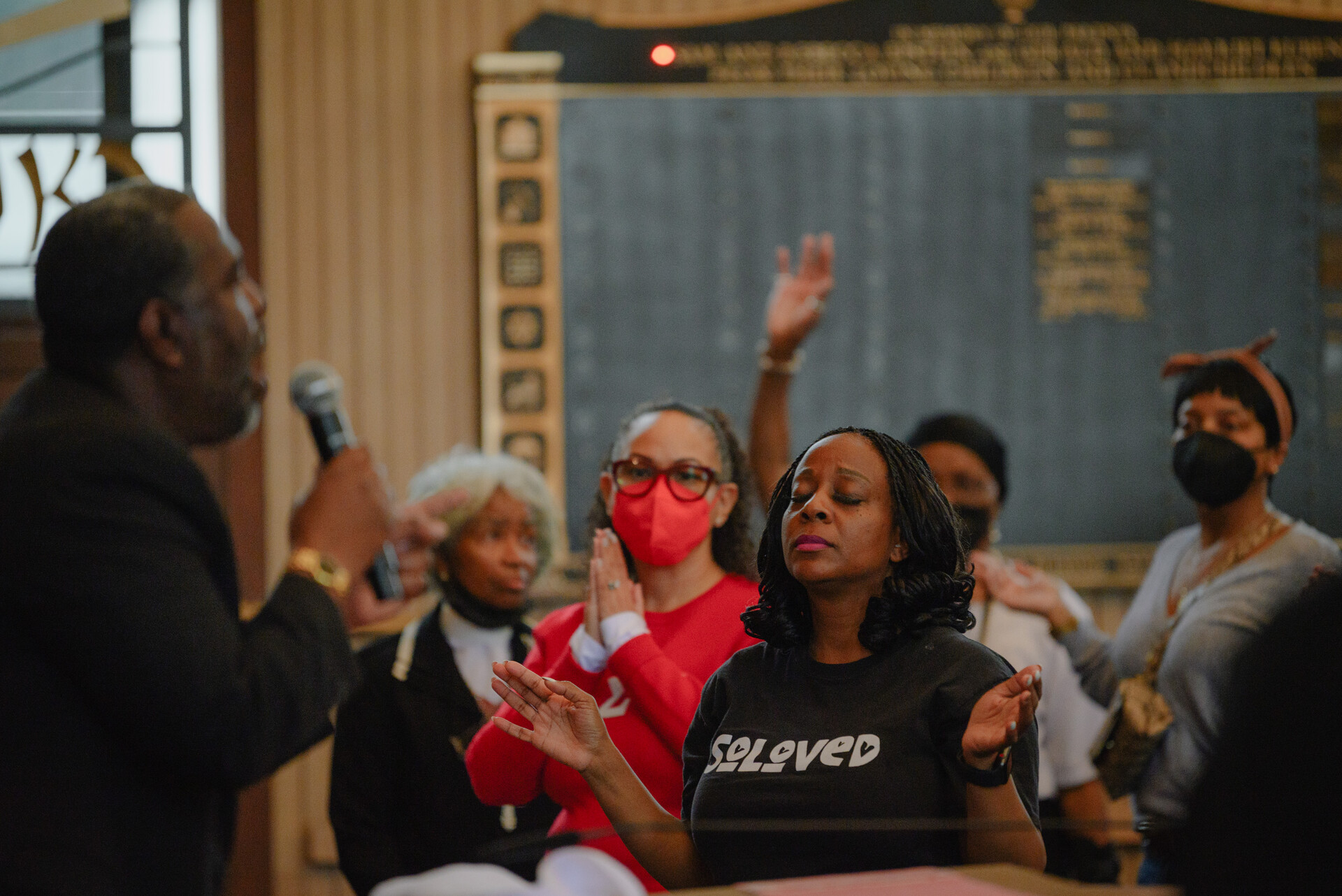O
n the night of Sunday, Feb. 19, Pastor Rodney D. Smith of Oakland’s First African Methodist Episcopal Church, known as FAME, was at home when he received an unusual call from one of the church officers — that the door alarms of the church were going off and needed to be checked.
“When one alarm goes off, the church officers don’t usually call me,” said Smith. “But in this particular case … all of the doors in the church were reporting that something was wrong.”
Concerned, Smith got in his car and headed over. As he drove on the I-580, he could see smoke billowing in the distance. As he got closer to the church, he got an awkward feeling that the smoke was related. His fears were soon confirmed as he pulled into the parking lot and saw dozens of firefighters rushing to put out a fire that was engulfing the upper section of FAME while others surrounded the area with yellow tape to keep people away from the blaze.
“I was just in disbelief,” recalled Smith. “It’s almost like a dream. Like you couldn’t believe what you’re seeing.”
The three-alarm fire raged until early the next morning, gutting the building. The cause of the fire is still under investigation, according to Oakland Fire Department spokesperson Michael Hunt and officials from the federal Bureau of Alcohol, Tobacco, Firearms and Explosives.
Smith, who became FAME’s lead pastor in 2020, said he’s still waiting for insurance companies to make their final report and learn the full scope of the damage to the building.
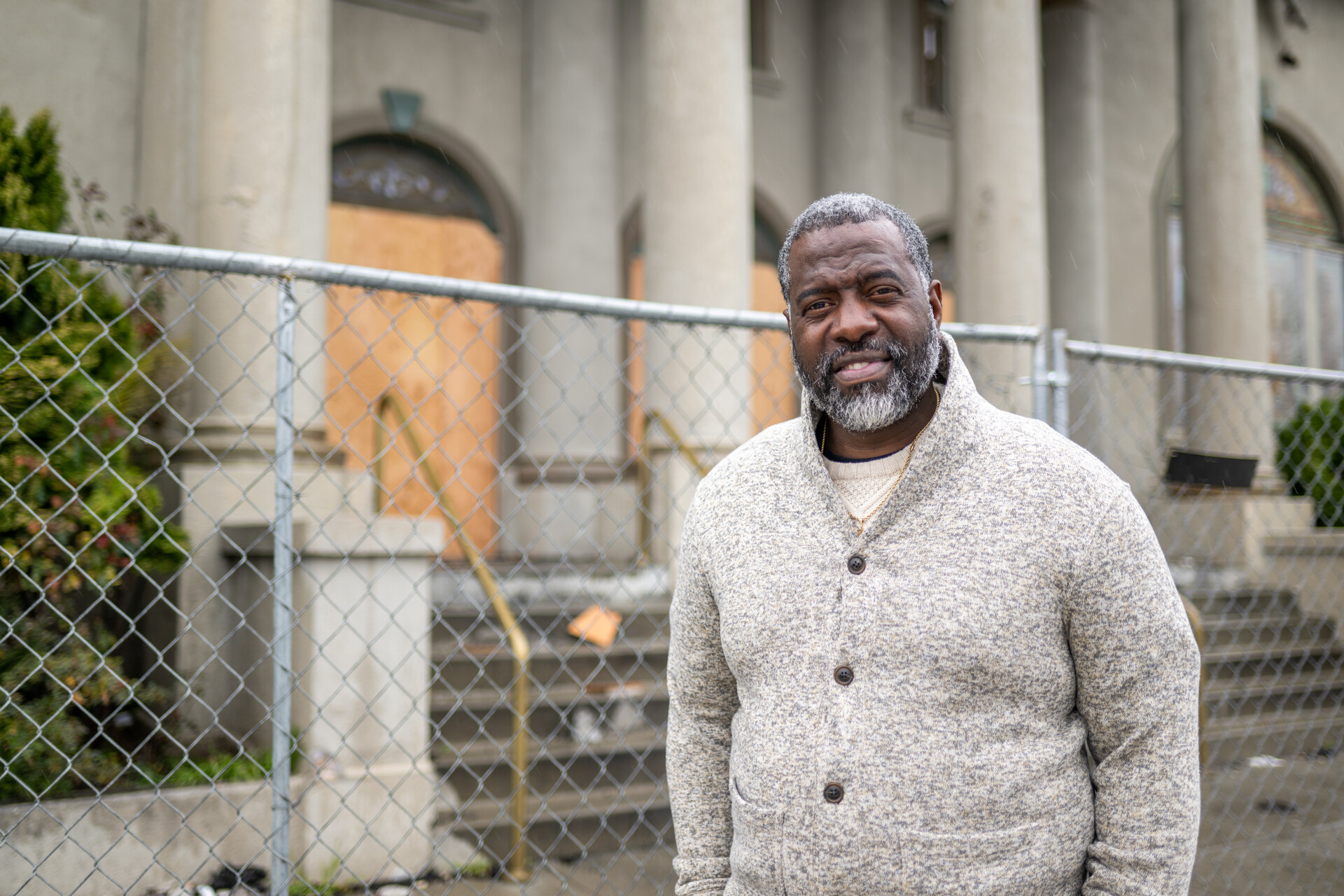
A GoFundMe was launched with a goal of $1 million, and Smith says there may be additional fundraising efforts once the exact costs of rebuilding can be determined. The church previously suffered damages during the Loma Prieta earthquake in 1989.
“Just from what I see, I would probably think we’re going to be out at least a minimum of two years,” said Smith. “And then when you start rebuilding or refurbishing, that could be a whole nother year for that process.”
A living part of Oakland history
FAME’s history is woven into the fabric of Oakland’s culture from the institution’s earliest days. Located at Telegraph Avenue at 37th Street in North Oakland, FAME is the oldest Black church in the East Bay and was founded in 1858 as Shiloh African Methodist Episcopal Church by a small group of Black residents.
It was originally located on Fifth Street and structured as a mission in the home of one of the members. According to Barbara Freeman, a lifelong member of FAME and the church’s historian, the founding members purchased a schoolhouse on Fourth and Clay streets five years later from Horace Walpole Carpentier, Oakland’s first mayor. According to records from the African American Museum and Library at Oakland, during this time the schoolhouse — which became the church’s first building — served as a meeting place for the Black community where social and political organizations held festivals and events.
